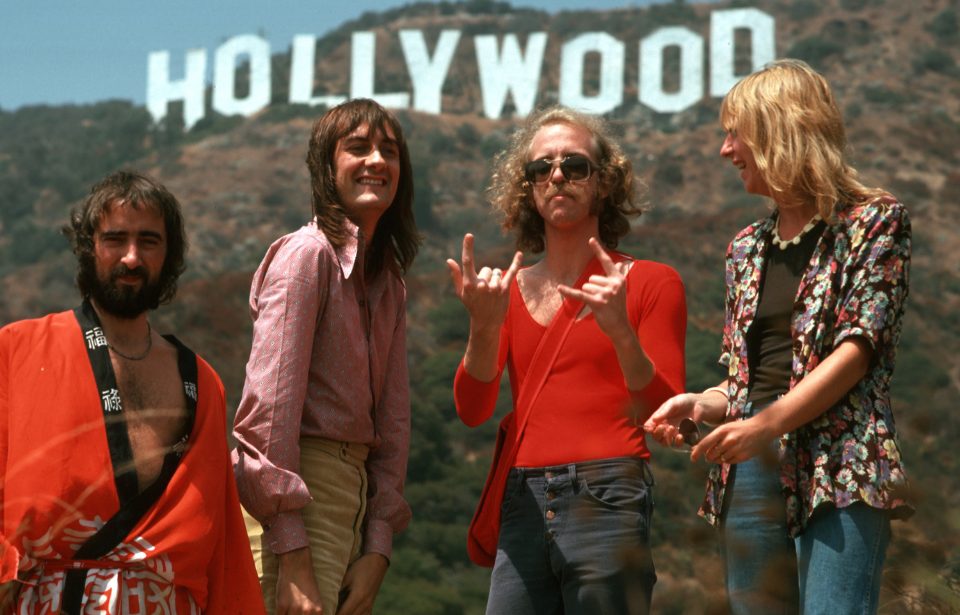It’s well known that the members of Fleetwood Mac were often fighting with one another, but did you know that one time this in-house fighting got so bad that the band split up mid-tour? Not only that, but somehow the “band” continued to tour after the split. Here’s the story of how a fake Fleetwood Mac went on a major United States tour in 1974.
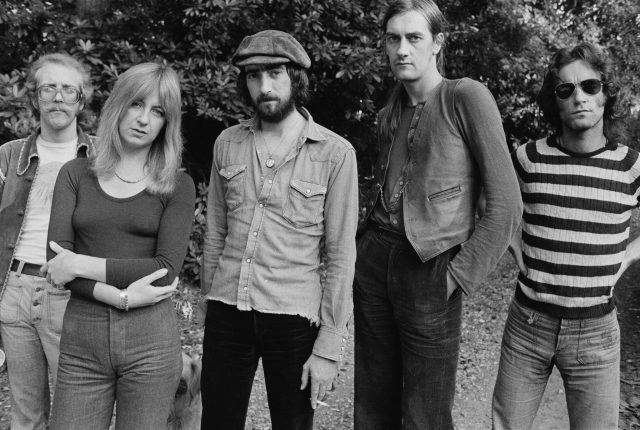
The original members of Fleetwood Mac consisted of Peter Green, Jeremy Spencer, John McVie, and Mick Fleetwood, joined soon after by Danny Kirwan. Peter Green and Jeremy Spencer were the first band members to leave the group in 1971, followed by Danny Kirwan in 1972.
Fleetwood Mac’s Rumours era in the late 1970s is often hailed as the band’s most dramatic years, but the lesser-known early ’70s era was pretty dicey as well. By 1973, Fleetwood Mac consisted of only two original members- Mick Fleetwood (drums) and John McVie (bass). The replacement members now in the band were Bob Welch (guitar and vocals), Christine McVie (vocals and keyboards), and Bob Weston (vocals and guitar).
Guitarist Bob Weston was a replacement for Danny Kirwan and played on the 1973 albums, Penguin and Mystery to Me. In 1973, Fleetwood Mac went on tour to promote their Mystery to Me album. However, while on tour, Weston would have an affair with Mick Fleetwood’s wife, Jenny Boyd.
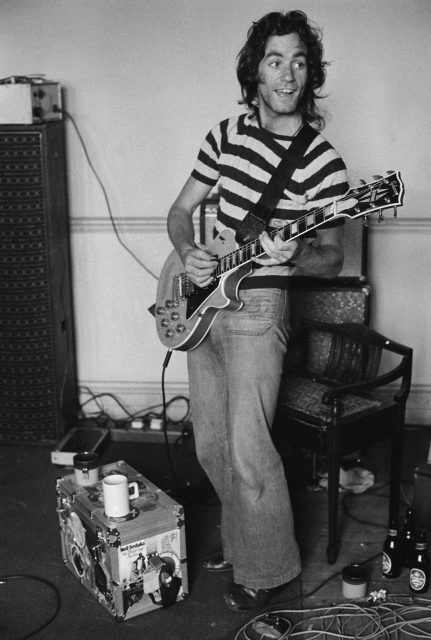
Mick Fleetwood soon learned of this affair while on tour and was emotionally devastated. He felt that he could not continue on with the tour, and despite band manager Clifford Davis allegedly threatening Fleetwood, stating, “if you blow this tour, you’ll never get another chance,” Mick Fleetwood still fired Weston and canceled the rest of the American tour. At the time of the disbandment, Fleetwood Mac had only been two weeks into their tour, with an additional 26 concerts scheduled.
Without Mick, the remaining members of Fleetwood Mac told Clifford Davis they needed a break. They emphasized to him that the band wasn’t breaking up; they were just unsure of what they wanted to do and needed a long break.
However, Davis didn’t necessarily agree with the band’s approach. Guitarist Bob Welch has stated that “we all got letters from Clifford Davis indicating his intentions to put a new band on the road. He issued an ultimatum to all of us. If effects what happened was that we got offered gigs, which is not really his place to do.”
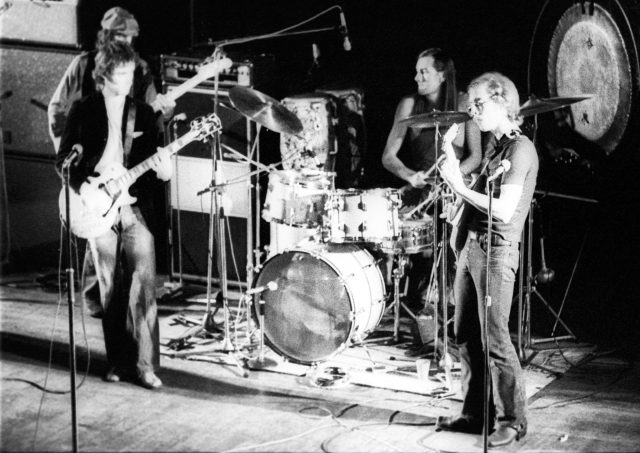
None of the band members accepted Clifford Davis’s ultimatum, so he was forced to put together another band. However, we don’t know Davis’s side of the story, so it is possible that he was concerned that the band would lose their hard-won commercial momentum in the United States, just as their Mystery to Me album was about to hit the shelves of record stores in the States.
Davis largely felt he was the leader of Fleetwood Mac, emphasizing time and time again, “I’ve always been the leader of the band as much. A lot of people over the years have misconstructed the Fleetwood Mac as Fleetwood and McVie. ‘Fleetwood Mac’ was a song written by Peter Green when he was with John Mayall.” Davis claimed that he owned the name “Fleetwood Mac,” and as such he legally could choose the band members who would be allowed to tour under this name.
And that’s exactly what he did. In late 1973, Davis recruited members of the band “Legs” to tour the States as “The New Fleetwood Mac.” These new members of the band were told that the other members of Fleetwood Mac would join them once the tour had already started.
Trouble started as soon as the tour began. At the first concert date in Pittsburgh, on January 16, 1974, promoter Rich Engler got wind that Fleetwood Mac had arrived for the gig, but it was not the group he knew. Engler complained to the manager of the venue but to no avail. No sort of announcement was made regarding the change in lineup and fans immediately recognized that this was not the Fleetwood Mac they had bought tickets to see. They began demanding refunds.
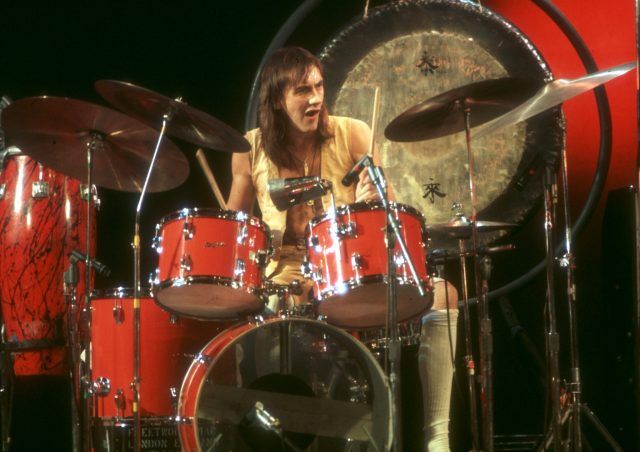
Trouble continued at the next stop on January 26 at the Academy of Music in New York. News had spread that there was a fake Fleetwood Mac touring, and Clifford Davis was interviewed and asked about this rumor. At the venue, Davis responded to a question by saying, “this is my band… I’ve always been the leader of the band as such.” He also claimed that Mick Fleetwood had come to the States on January 13 but had to fly back to England due to “family troubles.”
What made the January 26 show at the Academy even worse was that half an hour before the New Fleetwood Mac was supposed to take the stage, it seemed that the new vocalist Elmer Gantry lost his voice. Elmer had been able to perform the night before in Potsdam, New York just fine. Incidentally, the gig in Postdam didn’t have any press present watching the New Fleetwood Mac. On the 26th, the members of the New Fleetwood Mac were left to do an instrumental number, only to conclude the evening without their vocalist. Understandably, this left both the fans and the Academy very upset.
Eventually, the real members of Fleetwood Mac became aware of the “new” band that was touring under their name with the support of their manager. The real Fleetwood Mac filed lawsuits to stop the tour, while Davis responded by counter-suing, claiming he owned the rights to the band’s name and since he held the copyright to all the band’s recordings, he also had the right to decide who played those songs live.
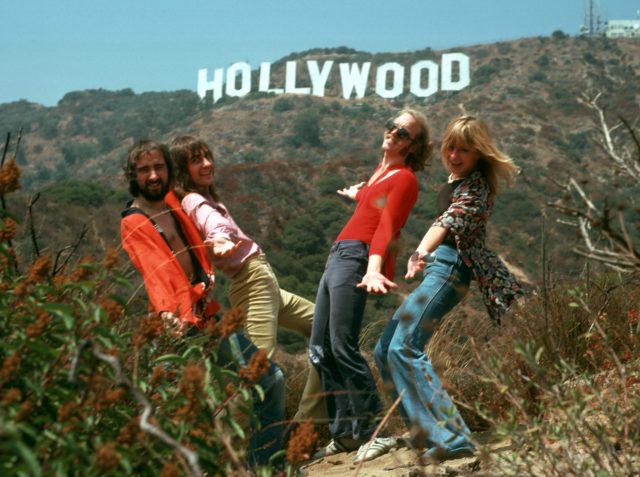
The real Fleetwood Mac couldn’t record anything until they were able to prove that they owned the rights to their name. However, because of the legal battle that ensued between the band and Davis, the real Fleetwood Mac became convinced that they could adequately manage themselves due to their own experience in both touring and recording. Because most of the legal disputes were in American courts, the band decided that they should move to the States for a period of six months rather than traveling back and forth to the United Kingdom.
It would take a total of four years to settle this legal dispute. However, despite all the drama, Mick Fleetwood has stated that he was ultimately grateful for the legal dispute because it allowed the band to take a chance to relocate to the States and ultimately find huge success there.
More from us: 9 Facts About Stevie Nicks That Prove She Is Truly The Queen Of Rock And Roll
None of the members that toured as the “New Fleetwood Mac” would ever actually become members of the band. In 1975, Stevie Nicks and Lindsay Buckingham joined Fleetwood Mac and, as we know, the drama continued.
